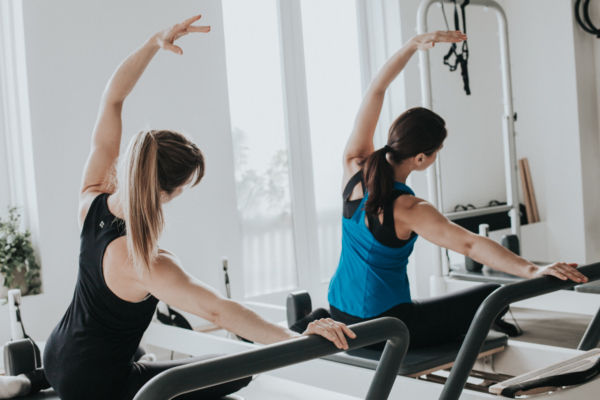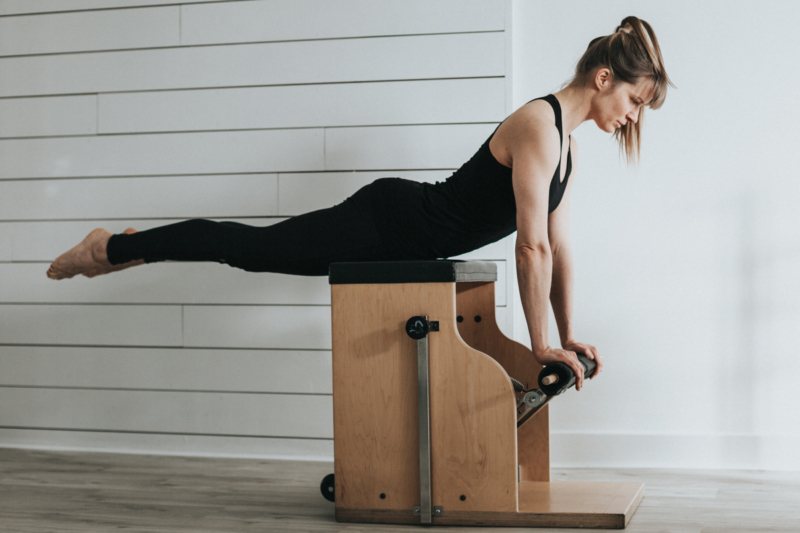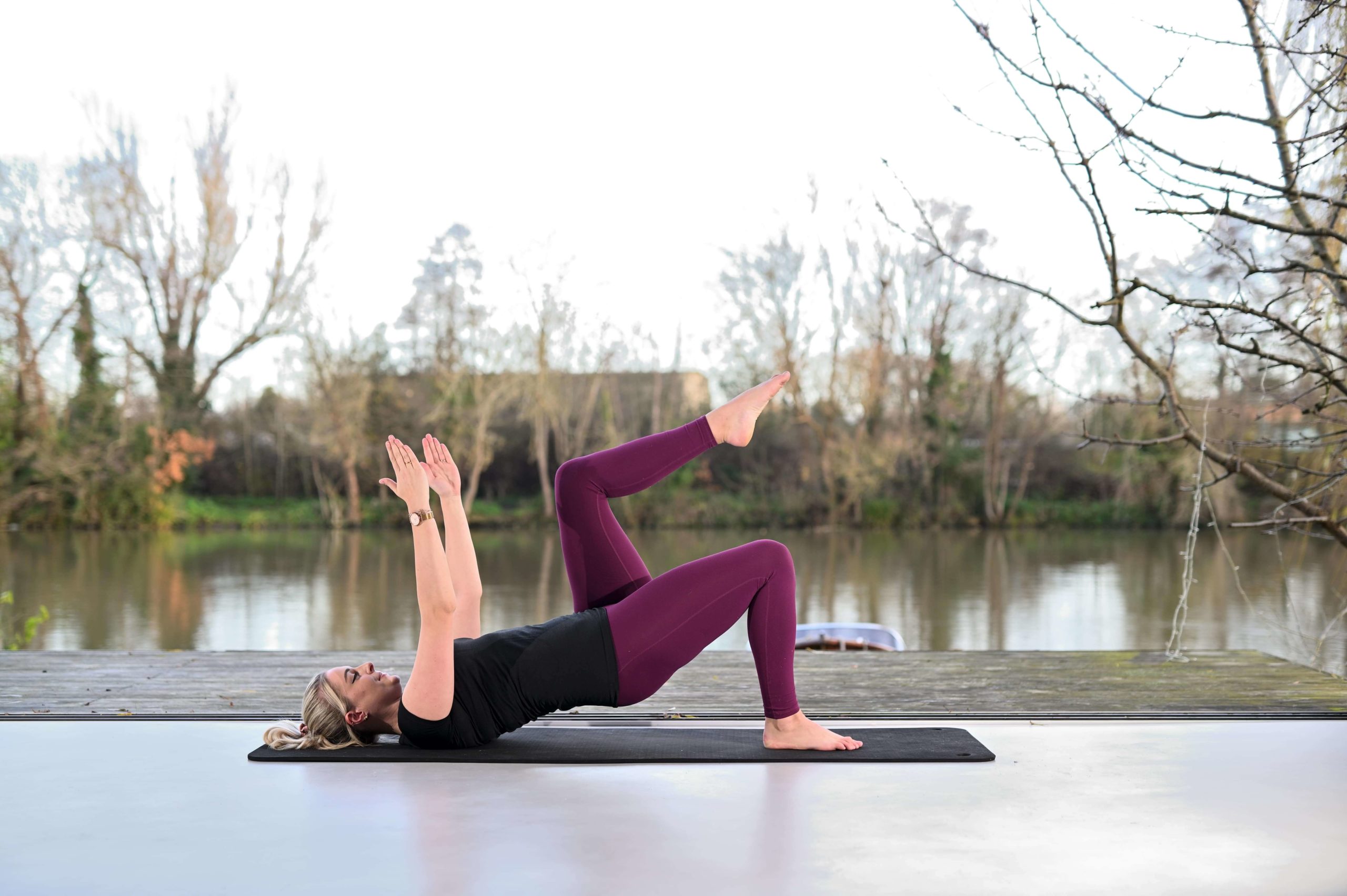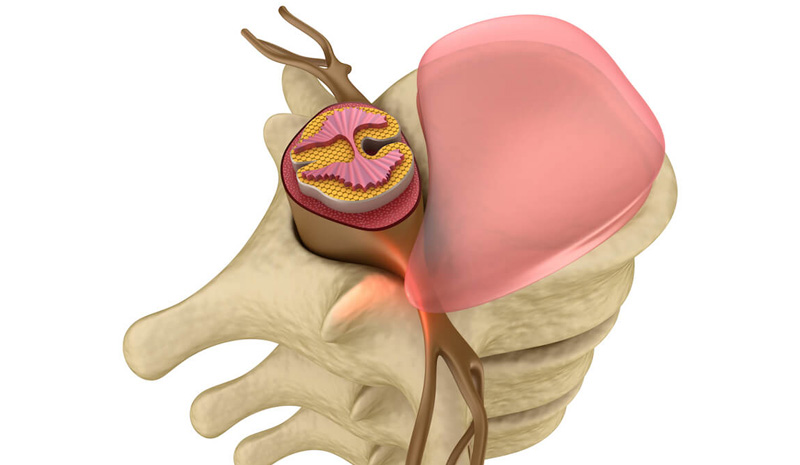It has been almost 100 years since Joseph Pilates set up his first studio in New York .(Don’t know much about Pilates? Then read our article on “What Is Pilates?”). Despite being a renowned and popular form of exercise globally, there are many misconceptions and myths about Pilates out there.
Those who are looking to start Pilates for the first time might understandably be a bit confused about what Pilates is and what they might expect from a class.
This is why Complete Pilates have decided to do some myth-busting. To help separate fact from fiction, we’ve put together some of the most common myths and misconceptions about Pilates and given you our take on them.
And here they are:
Pilates Myth #1: Pilates is too easy
Ever taken a Pilates class? Then you’ll know just how wrong this myth is.
Pilates can be very challenging, often more so than weight training or running miles on a treadmill.
This is because Pilates exercises require precise movements and the holding of challenging positions. You’ll also need to coordinate the movement of your limbs at the same time as controlling the moving parts of the Pilates machine to get through a class successfully. This is what makes Pilates such a brilliant full-body workout.
And don’t be fooled into thinking that Pilates is easy because it uses springs, pulleys and gravity rather than heavy weights to sculpt and strengthen the body. Sometimes the lightest spring on a reformer will be the most difficult – and the most effective when it comes to challenging your body.
Pilates Myth #2: Pilates is too difficult
Not true! The great thing about the Pilates equipment is that it can be both challenging and assistive.
This means that if you need a challenge then the equipment can be altered to make exercises more difficult for you.
If, on the other hand, you need more support to achieve a movement then the equipment can be changed to make the exercise easier.
This means that Pilates can be great for people for a variety of reasons. It can be used with athletes who are in peak physical condition and need an intensive workout but can also be easily adapted to help injured or ill people to keep moving in a safe and effective way.
Thanks to the Pilates equipment, the difficulty of exercises can be altered to meet all requirements and experience levels which means that Pilates can work for pretty much everyone!

Pilates Myth #3: Pilates is not for men
If you’ve read our post on this subject then you’ll know we definitely don’t believe this one. Pilates classes might be popular with women, and they often get dismissed as “too easy” or “too girly” by men, but there is no doubt about it – Pilates is for men.
After all, Pilates was invented by a man (Joseph Pilates) and was initially used on the male inmates at a prisoner of war camp on the Isle of Wight to help them keep fit.
For those men that lift weights and think Pilates will be way too easy, think again. Having to control movements very deliberately and precisely in Pilates can feel so much more difficult than doing a few reps on a heavy barbell. Try doing moving planks on a reformer on a light spring and you’ll know what we mean.
Pilates is a unique form of exercise that can help optimise your movement in the gym, on the soccer pitch and in other everyday parts of your life, like sitting at your desk. Doing it at least once a week can help maintain the mobility of your spine and joints, improve your breathing patterns at rest and during exercise, improve your balance, control and coordination, and help strengthen your stabilising muscles that are important for big and heavy movements.
These benefits make Pilates perfect for both women and men.
Related reading: Is Pilates for men?
Pilates Myth #4: You have to be flexible to do Pilates
Wrong again. This myth can put people (especially men) off Pilates. But it’s not at all accurate.
The truth is that regular Pilates will increase your flexibility, but that doesn’t mean you have to be bendy to start with. Instead, Pilates on the equipment can make even the most difficult exercise work for you, no matter what your physical limitations are.
Take the splits on the reformer, for example. This might seem like a terrifyingly advanced move that only the most mobile among us should attempt. But, by creating more support by adding extra springs and by reducing the range of movement, even the splits become achievable.
So, remember: it really doesn’t matter if you’re nowhere near touching your toes and want to do Pilates. If anything, it is a reason to commit to regular Pilates practice.
And believe us, your hamstrings will thank you for it.
Pilates Myth #5: You can do Pilates when you are injured or pregnant
This one is true – to an extent.
Yes, equipment Pilates is suitable for people with specific physical needs. This is because Pilates exercises can be adapted to meet the needs of injured people or pre-and postnatal women.
However, for Pilates to be effective and safe for people with these specific requirements then it needs to be taught by an expert.
This is because pregnant women (depending on the trimester) are unable to perform certain exercises and attempting them might not be safe. Pregnant women, therefore, need to be taught Pilates by a specialist instructor who understands which exercises are appropriate for them.
Similarly, if you want to use Pilates for your rehab then you may want to seek out a rehab-trained teacher. Instructors (like those at Complete Pilates) who have completed this kind of Pilates course will know how to adapt exercises for rehab purposes and will be aware of what you can/can’t do with your condition.
To summarise: Pilates can be great for pregnant and injured people but only when taught by instructors with the right experience to ensure that you are exercising safely.
Pilates Myth #6: Pilates will help you lose weight
Pilates can do a lot of things, but help you lose weight might not be one of them.
Pilates is great alongside cardiovascular activities such as running, biking or swimming, and will support and enhance your performance in those sports.
The combination of Pilates with higher-intensity exercise will also ensure you maintain a healthy heart, a toned body, and can help you achieve that weight loss (if that is what you’re after).
But looking your best does not always require any weight loss at all.
Often people will experience what they think is a change in weight after only a few weeks of practising Pilates. But usually, this is because Pilates is starting to improve their posture, creating a more streamlined silhouette which can give the impression of weight loss – all without the numbers changing on the scales.
Related reading: Is Pilates good for weight loss?
Pilates Myth #7: Pilates is like Yoga
If you are a Pilates or Yoga teacher you’ve probably heard this one a lot. So many people seem to think that Pilates and Yoga are interchangeable, but this is not the case.
Sure, there are some similarities: both are famous for toning and lengthening the body and for building endurance and flexibility.
Some Yoga and Pilates exercises may also look similar. But this can be explained by the fact that Joseph Pilates studied Yoga (along with many other forms of movement) when coming up with his method.
There are big differences between the two movement methods though. The most obvious being that Yoga is primarily a spiritual practice and this informs its style of movement.
In contrast, Pilates exercises are specifically designed to strengthen your body and increase mobility and flexibility. This is to achieve Pilates’s main aim of getting the body moving in the most efficient way possible.
However, this is not to say that Yoga doesn’t have lots of body benefits of its own. It certainly does, which is why Complete Pilates believe that Yoga in combination with Pilates can be really effective for improving physical (and mental) well-being.
Related reading: Pilates vs Yoga – what is the difference?
Pilates Myth #8: Pilates is only good for strengthening the core
Nothing frustrates a Pilates teacher more than hearing Pilates being described as an “ab exercise” or a“core workout.”
Okay, so the nature of Pilates exercises can help you develop a defined stomach but Pilates does so much more than this.
The Pilates repertoire is based on 6 Pilates principles. These principles include “precision”, “control”, “flow” and “breath” and are proof that Pilates was created with much more than defined abs in mind. Using these principles, Joseph designed the Pilates exercises to increase flexibility, mobility and coordination. He also intended it as a mindful form of exercise that was supposed to help the practitioner find that mind-body connection.
While Pilates certainly does help strengthen the deep core muscles, it is also incredibly effective at helping strengthen the deep stabilising muscles found throughout the whole body, including the neck and spine as well as your joints such as the shoulders, hips, knees and ankles.
So, whilst it is true that Pilates works the “core” muscles in the centre of the body, it also stabilises and strengthens the whole body.
The Truth about Pilates
There you have it, the truth behind the most common Pilates myths brought to you by the experts.
As we’ve shown, Pilates is definitely not the same as Yoga (although the two are great in combination), and it is for men. And, although Pilates is famous for being a “core” exercise, it is also great for more than just developing strong abs: it can improve strength, and flexibility and work the deep stabilising muscles throughout the body.
Finally, whilst the myth about Pilates being good for people with various health conditions is true, if you are either pregnant or injured then you’ll need to choose an expertly trained instructor if you want a safe and effective Pilates workout.
We are a physio led Pilates company. Our instructors have a lot of experience in pre and postnatal exercise as well as exercise for those recovering from injury or illness.
If you have been struggling and want to know more about how you can get into exercise why not book a 1:1 session here.
These blogs are designed to give information to everyone, however, it is important to remember that everyone is different! If you have not seen one of our therapists and have any questions about injuries, what you have read or whether this may be useful to you, please just ask. We are more than happy to help anyone and point you in the right direction. Our biggest belief is that education is key. The more you understand about your injury, illness and movement, the more you are likely to improve.







